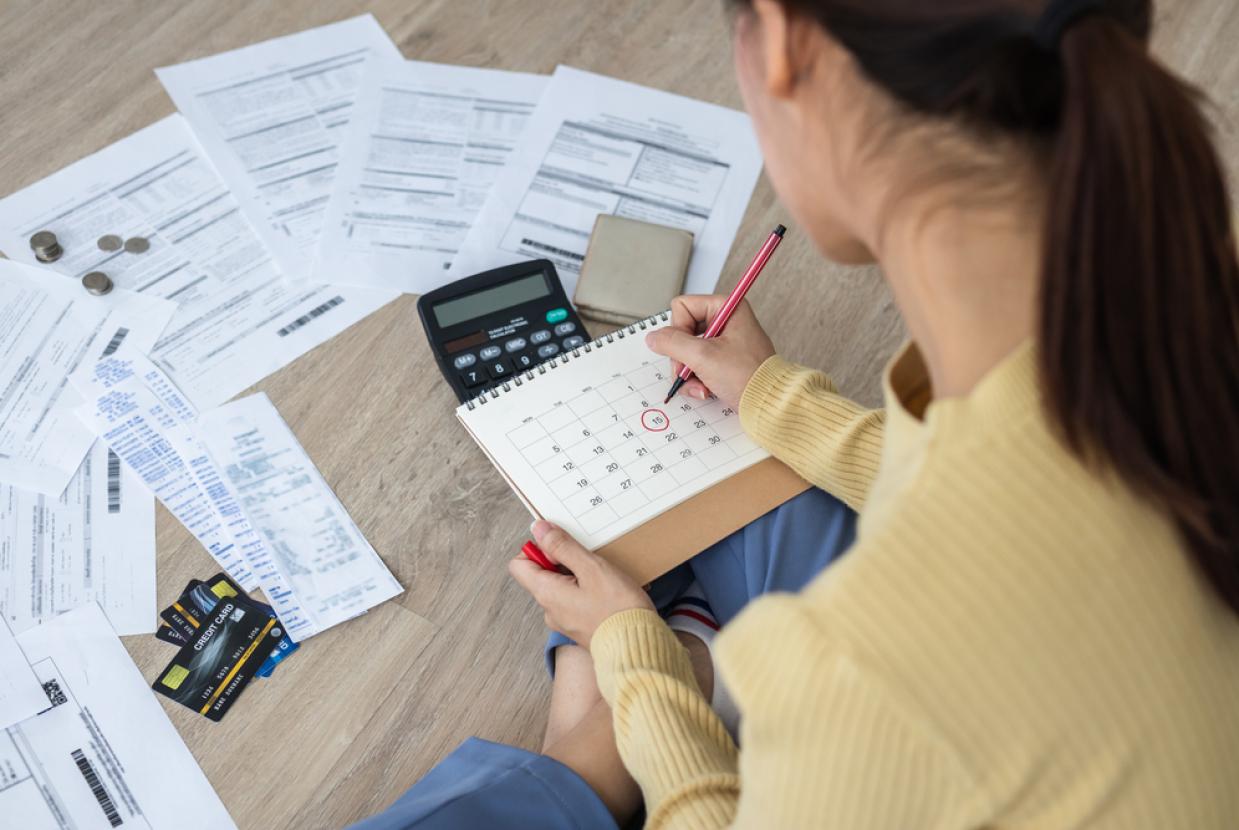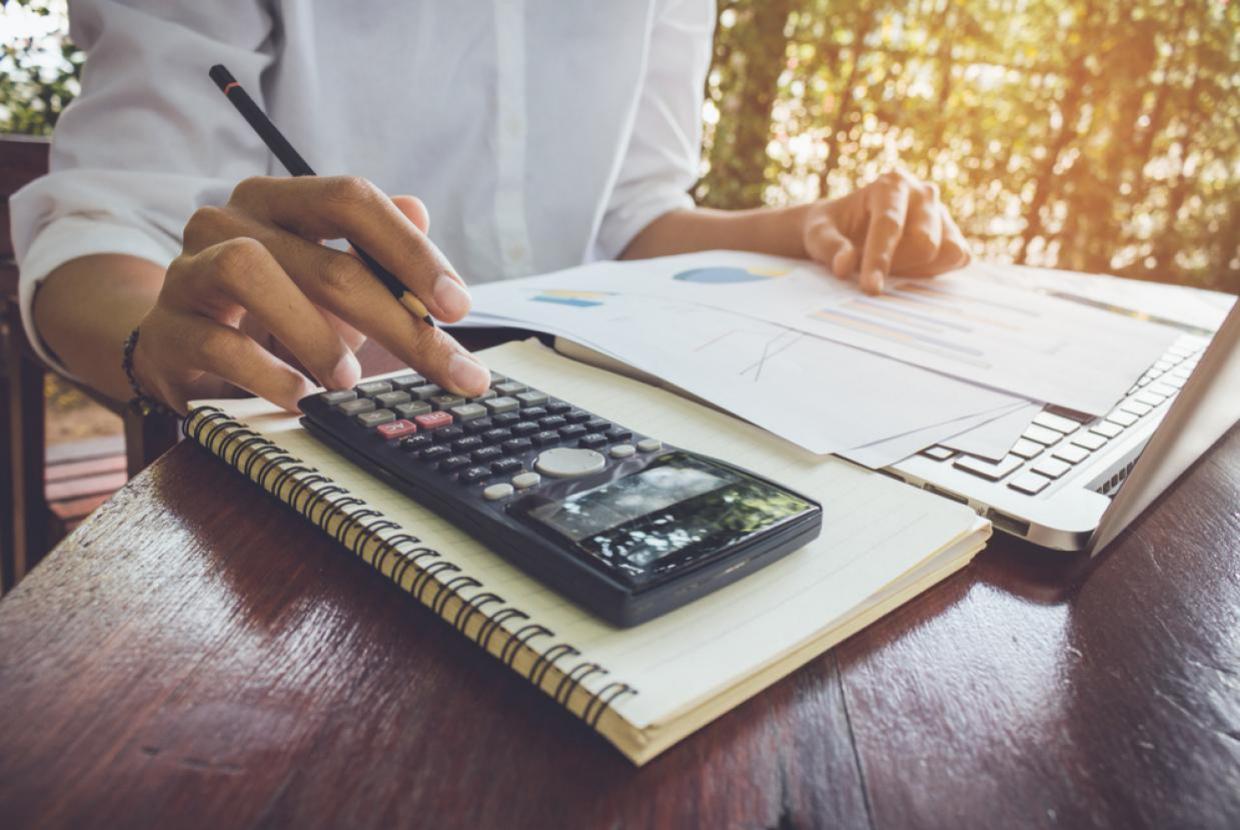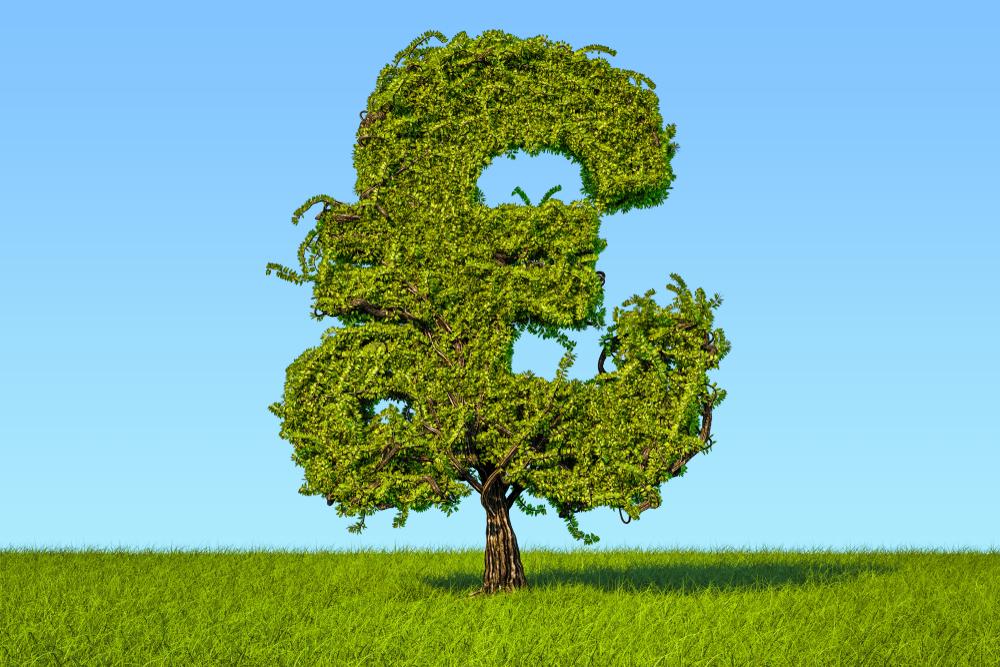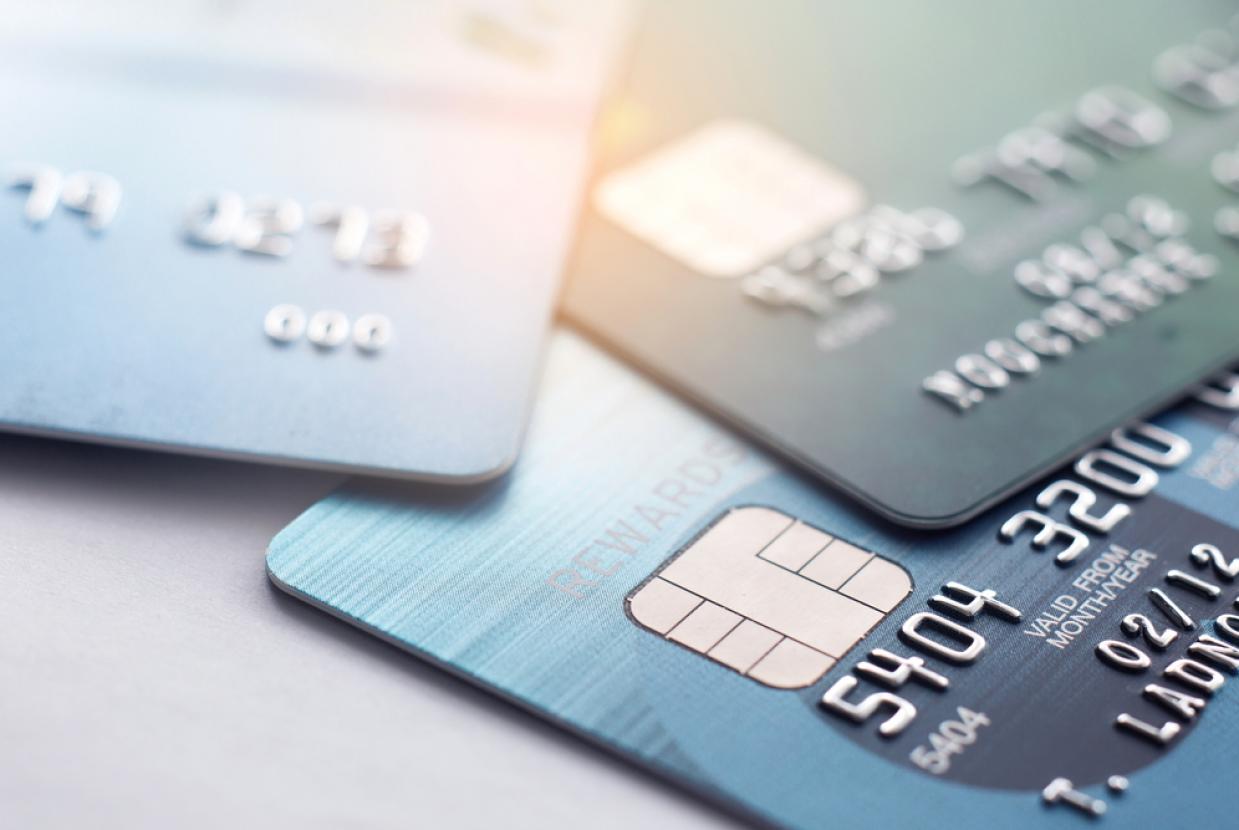How The Pay As You Earn (PAYE) System Works
Managing Your Money / Cost of Living HelpIt’s important to understand how you get paid at work, so you know you’re paying the right amount of tax. In this blog, you’ll learn what the Pay As You Earn (PAYE) system is, how PAYE is calculated, and how to check if you’re paying the right amount.
What is the Pay As You Earn system?
PAYE stands for Pay As You Earn. It’s a system used by HM Revenue & Customs (HMRC) to collect tax. With PAYE, Tax and National Insurance contributions are automatically taken from your wage or pension, making it easier to pay taxes without needing to fill out a tax return.
If you’re self-employed, you are not paid through PAYE. The amount of tax you pay is the same percentage of your earnings as it would be if you were employed, but you don’t usually need to pay tax on business expenses. You might need to fill in a Self Assessment tax return to help HMRC work out how much tax you owe. Learn more in our guide to Tax and National Insurance when you’re self-employed.
How is PAYE calculated?
How much tax you pay through PAYE depends on what you earn. HMRC gives every employee a tax code. These can be different depending on how much you earn. Employers use this to work out how much tax you owe. Then, they take the amount from your pay or pension. You can find your tax code for the current year on your pay slip or at GOV.UK.
You can earn a certain amount of money each tax year before paying Income Tax. This is called the Personal Allowance. For the 2024/25 tax year, the Personal Allowance is £12,570.
For earnings over £12,570, the amount of tax you pay increases as taxable income increases. The more you earn, the more you pay.
If you earn more than £125,140, you don’t get a Personal Allowance. There are also other allowances including the Marriage Allowance, the Personal Savings Allowance, and the Dividend Tax Allowance. You can find out more about tax bands in our guide, How Income Tax and Personal Allowance works.
What if I have other sources of income?
If you have one source of income, you usually have one tax code. If you have more than one source of income, you might have more than one tax code. If you have a second job, there are different PAYE rules.
You only get one Personal Allowance, so it’s usually best to use it on the job paying the most. This means that if you earn over the Personal Allowance through your main source of income, you pay tax on all earnings from your second job.
If neither job pays more than £12,570 a year, you can split your Personal Allowance. You can find out more in our guide to Second job tax and pay.
If you have other sources of income that take you above the Personal Allowance, such as money from renting properties or investments, you need to complete a Self Assessment tax return. This helps HMRC work out how much tax you owe.
If you have shares in a company and get dividend payments, you only pay tax on earnings above the Dividend Allowance, which is £500 for 2024/25. How much tax you pay above the Dividend Allowance depends on your Income Tax band.
PAYE on receiving your pension
Your State Pension and any private pensions you receive are part of your total annual income. You won’t pay tax if your total annual income is less than your Personal Allowance. If you’re retired and your pension goes over the Personal Allowance, you need to pay Income Tax.
If you start receiving your pension while working, tax is taken from your earnings and your State Pension through PAYE. Your pension provider takes off any tax you might owe before paying you.
If you have multiple pension providers, only one of them will pay your Income Tax. You might pay tax at a higher rate when taking lump sums from your private pension. You’re responsible for paying Income Tax on any additional sources of income.
You might have to fill out a Self Assessment tax return if:
- you have income from employment or self-employment, or
- receive money from savings, investments, or property.
Where is my PAYE reference number on my payslip?
Your PAYE reference number is a unique combination of numbers and letters that HMRC uses to identify you and your employer. Your employer doesn’t have to include your PAYE reference on your payslip, but many do. If you can’t see your PAYE number on your payslip, you should be able to find it on your P45 or P60. You get a P60 at the end of each tax year, which in 2024/25 runs from 6 April to 5 April.
Issues with PAYE
PAYE issues, such as mistakes or delays, can cause you to be under or over charged for tax. Errors are usually corrected automatically, but if you think your PAYE bill is wrong, you can contact HMRC
I have paid too much or too little tax
HMRC will contact you if you’ve paid the wrong amount of tax through PAYE. For example, if you were given the wrong tax code and were taxed too much. HMRC will send you a tax calculation letter (also known as a P800) telling you how to claim your refund or pay the tax you owe.
If you paid too little tax through PAYE, HMRC might change your tax code. The unpaid amount is taken from your earnings over the next tax year. For more information, visit our guide on How to claim a tax rebate.
Could my PAYE tax be written off?
If you think you underpaid tax through PAYE due to a mistake or delay by HMRC, you can ask them to write off what you owe. You can apply for a tax write-off by calling or writing to HMRC and you should do this before you start paying any of the unpaid tax.
My Personal Allowance has changed
HMRC can change your Personal Allowance, which may affect how much income tax you pay. If you receive taxable benefits from your employer, such as a company car or health insurance, HMRC might change your PAYE code and reduce your Personal Allowance to make sure you’re paying enough tax.
You can learn more about employee benefits in our guide, and paying tax on employee benefits at HMRC
HMRC might reduce your Personal Allowance if you’ve paid too little tax and collect the tax you owe through PAYE instead of a direct repayment. If the tax you owe is more than your Personal Allowance, your tax code may include the letter K.












































